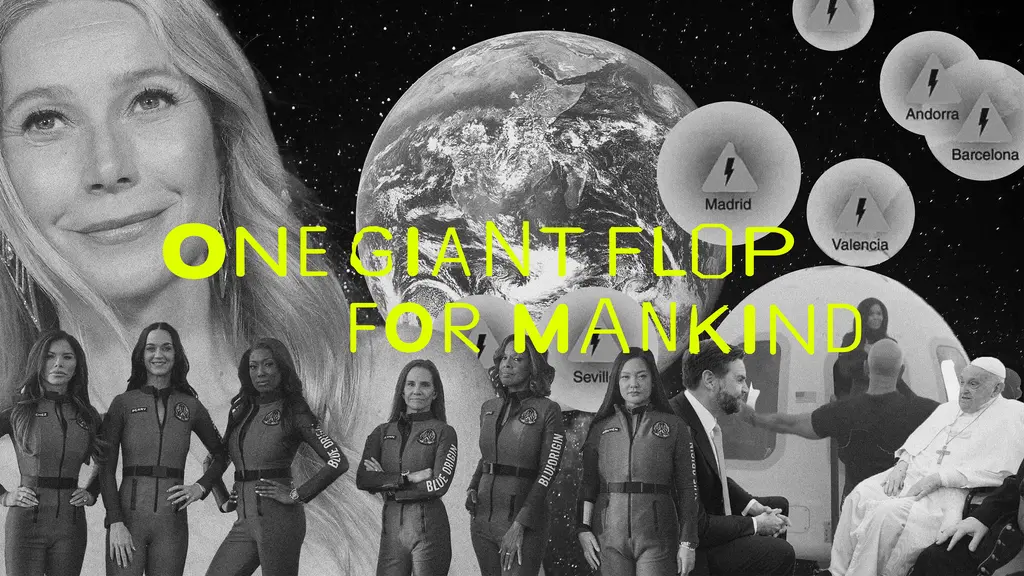Sam Mellish
- Text by Alex King
- Photography by Sam Mellish

For a photographer who cut his teeth in the world of skate and snow, a motorway service station might seem like an unlikely place to focus on. But with Watford Gap: The First Motorway Service Station Sam Mellish has produced an extraordinary series of portraits that tell the tale of somewhere that, since its construction in 1959 as part of Britain’s very first motorway, has been a symbol of British modernity.
The book grew from involvement in a collaborative exhibition earlier this year called The Motorway Service Station as a Destination in its Own Right. Once Sam realised the rich seam he had hit upon, he brought the book to life through his own imprint, Diesel Books. British poet David Harsent’s verses accompany the portraits and Magnum’s Martin Parr provides archival photos that put the contemporary study in a historical context. Ahead of the book’s launch this Thursday, Huck sat down with Sam to talk about his life in photography and what he learned hanging around motorway service stations.
Could you tell us about your first steps as a photographer?
I learnt in Africa when I was 19, using a Canon Eos500 with a pocket full of 35mm film. Honestly, and perhaps selfishly, photography was uniquely mine, yet at the same time something I could share. My break came after about three winters of snowboarding when Document Snowboard Magazine published my first image and it snowballed from there. It’s been a fun journey and I’m proud of how far I’ve come. I don’t do as much skate or snow photography as I used to. But if I’m working with the right people I love shooting snowboarding and skate. I’m now based in London, trying to compete with some pretty talented photographers.
What first made you look at motorway service stations?
I was really attracted to being on the road and, fundamentally, Route 66 culture. If you’ve ever been on a road-trip with a band or a bunch of snowboarders or skaters, you’ll appreciate that time spent on the road can be some of the best times. Those moments where there’s no stage allows people to truly be themselves. It’s a time to unwind and a great time to think. The locations and environments in all of my books are simply a guise to explore my greatest passion, which is not photography, nor snowboarding, but exploration.
Apart from being the first motorway services, what is special about Watford Gap?
It doesn’t hold a special place in my heart but it has a deep routed place in our modern culture. Bands, including the Rolling Stones, would meet other bands there to relay stories about newly signed record deals. In the 60’s when Watford Gap and Newport Pagnell first opened, people used to go just for a day trip; they were a destination in there own right.
How does poetry fit into the book?
The great aspect of this journey is the relationships I made when producing the work. Asking David to write something unique that fits in the book has been a huge highlight. He has captured with words what I’ve tried to do through pictures.
Could you talk about your relationship with Martin Parr?
When I was about 17 I watched a documentary about photography that featured Martin Parr. I didn’t know it at the time but that documentary really gave me a direction. I wasn’t snowboarding then, or taking photos, but a year or two later when I first strapped into a snowboard and loaded my first rolls of film, that documentary came back to me. I’ve been a massive fan of his early work ever since.
What have you learned from taking photographs in these locations?
That we are a very transient nation, and often in a rush.
Sam’s book launches at Artwords Bookshop, Broadway Market on Thursday 24 October, 6:30-8:30. Hit Diesel Books for more information.
You might like

Largest-Ever Display of UK AIDS Memorial Quilt Opens at Tate Modern
Grief Made Visible — Comprising hundreds of panels made by lovers, friends and chosen family, the UK AIDS Memorial Quilt returns in full for the first time since 1994 – a testament to grief, friendship and the ongoing fight against HIV stigma.
Written by: Ella Glossop

In Medellín’s alleys and side streets, football’s founding spirit shines
Street Spirit — Granted two weeks of unfettered access, photographer Tom Ringsby captures the warmth and DIY essence of the Colombian city’s grassroots street football scene.
Written by: Isaac Muk

Remembering New York’s ’90s gay scene via its vibrant nightclub flyers
Getting In — After coming out in his 20s, David Kennerley became a fixture on the city’s queer scene, while pocketing invites that he picked up along the way. His latest book dives into his rich archive.
Written by: Miss Rosen

On Alexander Skarsgård’s trousers, The Rehearsal, and the importance of weirdos
Freaks and Finances — In the May edition of our monthly culture newsletter, columnist Emma Garland reflects on the Swedish actor’s Cannes look, Nathan Fielder’s wild ambition, and Jafaican.
Written by: Emma Garland

Why Katy Perry’s space flight was one giant flop for mankind
Galactic girlbossing — In a widely-panned, 11-minute trip to the edge of the earth’s atmosphere, the ‘Women’s World’ singer joined an all-female space crew in an expensive vanity advert for Jeff Bezos’ Blue Origin. Newsletter columnist Emma Garland explains its apocalypse indicating signs.
Written by: Emma Garland

We are all Mia Khalifa
How humour, therapy and community help Huck's latest cover star control her narrative.
Written by: Alya Mooro

